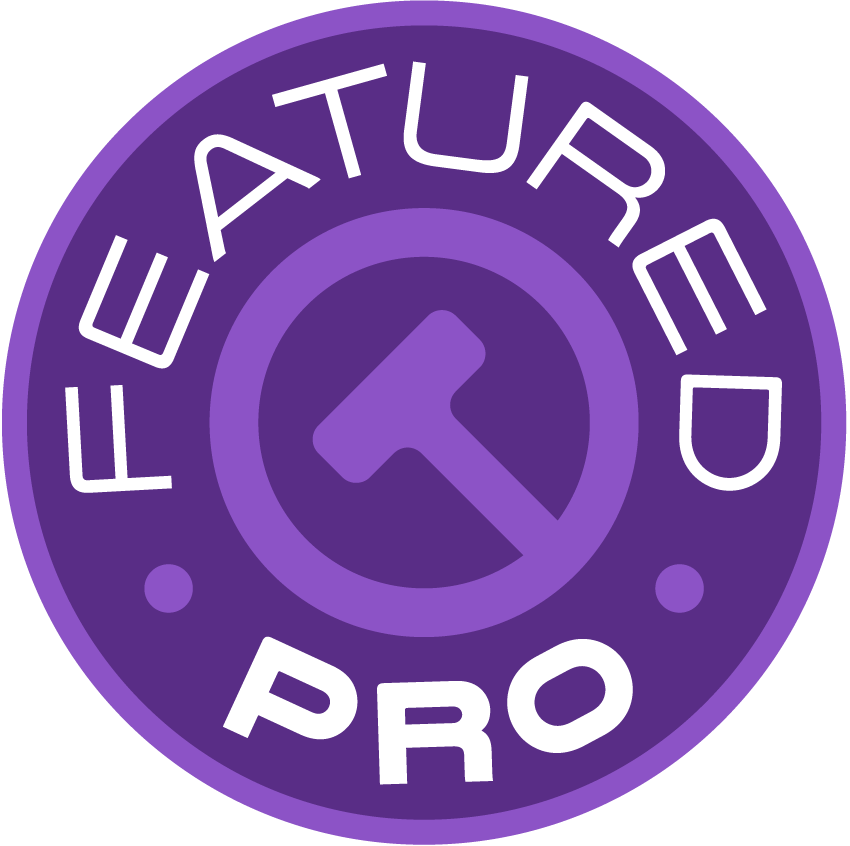
LIT SOFTWARE is excited that Brett Burney and Burney Consultants offer an amazing training experience on the LIT SUITE apps. We’ve featured Brett’s story below, and for those of you who haven’t heard of him yet, you’ll see why we are so excited that he trains users on our apps. His depth of experience in law, technology, and our products are perfect for all our customers. In addition, he’s just a really nice guy! Read more about Brett below, and schedule your training today!

From Brett:
All of us can recall moments in our lives when we witnessed something radical and revolutionary. And while this will reveal my tech-nerdiness, one of those moments for me was when Steve Jobs introduced the iPad in 2010. On stage before a live audience, Jobs explained that everyone already has a computer, and everyone already has a mobile phone, so Apple wondered if there was room in the middle for a third category of device … then he revealed the iPad.
While I watched Jobs interact with a gleaming, Internet-connected slab of glass, I knew the iPad held tremendous potential for lawyers and legal professionals. The press at the time derided the iPad as only a fancy “consumption” device that couldn’t do “real” work. But I wasn’t deterred because lawyers spend a huge portion of their day consuming information from emails to research to documents to news and everything in between. And with the iPad, you could tap, touch, and hold that digital information like physical paper rather than staring at a computer monitor with your hands on a keyboard and mouse.
“I knew the iPad held tremendous potential for lawyers and legal professionals. ”

The iPad wasn’t the first attempt at tablet computing. In 2003, I wrote a feature article for the now-defunct Law Office Computing magazine where I examined and reviewed several Tablet PCs that ran the Windows XP Tablet PC operating system. The effort didn’t get very far mainly because that operating system wasn’t designed around touch computing from the ground up like the iPad (and the iPhone before it).
I had to have an iPad the moment I saw it, and I’ve upgraded almost every year, tried all the sizes and formats (Mini, Air, Pro), and never once regretted my foray into the iWorld. Since I already worked with lawyers that used Macs in their practice (small percentage 10-12 years ago), I immediately started getting questions from lawyers about the iPad. Law firms requested training days, lawyers requested one-on-one sessions, and I started speaking all over the country providing CLEs for state and local bar associations and legal conferences— everyone wanted to know how they could utilize the iPad in their practice.
I launched my Apps in Law blog as a way to provide video reviews of apps for lawyers and recorded a podcast interviewing legal professionals about how they were using apps and iPads in their practice .
My good friend Jeff Richardson from the iPhone JD blog and I teamed up to record a weekly podcast called In the News covering the weekly news about iPhones, iPads, Apple Watches, AirPods, and much more.
And due to popular demand, I started offering online courses called iPractice on an iPad where attorneys can learn how to use the iPad at their own pace. It currently offers three courses on “Managing Files,” “Giving Presentations” (featuring TrialPad!), and “Editing Microsoft Word Documents”.
The early iPad apps gave us the Internet in our hands and allowed lawyers like us to read and annotate PDF files (my favorite was GoodReader). And even though we didn’t have Microsoft Office apps like Word or PowerPoint because Microsoft was saving those for their Surface devices, the iPad rapidly gained traction among lawyers everywhere. In 2014 Microsoft acknowledged this, finally releasing official apps for the iPad. Because the iPad could take advantage of mirroring its screen through an Apple TV, I had a hunch it was going to be extremely useful for presenting information in a conference room, at a CLE presentation, or in a courtroom.
“LIT SUITE apps have become some of the most important apps for iPad-totin’ lawyers... ”
While the iPad had Keynote and eventually Microsoft PowerPoint, there was more potential for an app to take advantage of intuitive gesture-driven features like “pinch-to-zoom” and the ability to easily draw and annotate on the screen. Up to that point, the chore of trial presentation meant lugging heavy, high-powered Windows laptops into a courtroom along with projectors, speakers, and backup hard drives. A paralegal or consultant would drive the presentation from the “hotseat” using Sanction or TrialDirector software while the lawyer asked for documents to be shown on the screen. But I had always wondered how much more impactful it could be if the attorney could just drive the presentation themselves, zooming into a document, creating a callout, or highlighting text all on the fly…
That’s when I met Ian O’Flaherty, the founder of LIT SOFTWARE. I immediately could tell he had seen the same potential in the iPad. It was early 2011 at LegalTech in New York, and LIT SOFTWARE was on a mission to ensure the iPad could become a functional and easy-to-use tool for lawyers by creating the right apps. The founders of LIT SOFTWARE have a background as trial presentation consultants, so they knew exactly what was going to work, what tools were most important in a presentation, and what could be omitted to make the apps straightforward and useful. I’ve been using TrialPad and TranscriptPad from the very beginning, and the addition of DocReviewPad and ExhibitsPad continues to show that lawyers can do just about any legal task on an iPad. Without a doubt, the LIT SUITE apps have become some of the most important apps for iPad-totin’ lawyers - perhaps only after email, calendar, Word, and PDF viewers.
And LIT SOFTWARE isn’t done yet! I always get excited to hear what they’re working on and they just brought the power of their iPad apps to the Mac. There has always been litigation software for Windows computers, and only a couple of options over the years for the Mac, so the availability of the LIT SUITE for the Mac is an incredible breakthrough.
“I’m passionate about technology in the legal world, but especially on how the iPad can be so useful and helpful in a law practice. ”

TrialPad is LIT SOFTWARE’s first, and flagship app. And as impressive as it is in trial, frequently you’ll hear me say, “don’t get hung up on the ‘trial’ part of TrialPad”. It is so versatile for a variety of settings. I’ve gone back to my law school and shown professors how to utilize TrialPad in the classroom. I’ve shown firms how they can use TrialPad to show documents to clients in a conference room. I know many litigators who will use TrialPad to show documents in a deposition. There is certainly a place for apps like Microsoft PowerPoint when you need to give a “linear” presentation (next slide, next slide, next slide, etc.) but TrialPad is so flexible for giving a “dynamic” presentation where you can jump around to any file or document and then interact with it by zooming in, creating a callout, highlighting text, and so much more.
If you can’t tell by now, I’m passionate about technology in the legal world, but especially on how the iPad can be so useful and helpful in a law practice. It’s an honor to work with LIT SOFTWARE and help even more lawyers unlock their iPotential through training and information sessions.

More About Brett Burney, Esq.:
Website: www.burneyconsultants.com
LinkedIn Profile: www.linkedin.com/in/brettburney/
Apps for Lawyers: www.appsinlaw.com
In the News Podcast: www.inthenewspodcast.com
iPractice on an iPad Online Courses: www.ipracticeonanipad.com
Macs in Law Book: www.macsinlawbook.com


